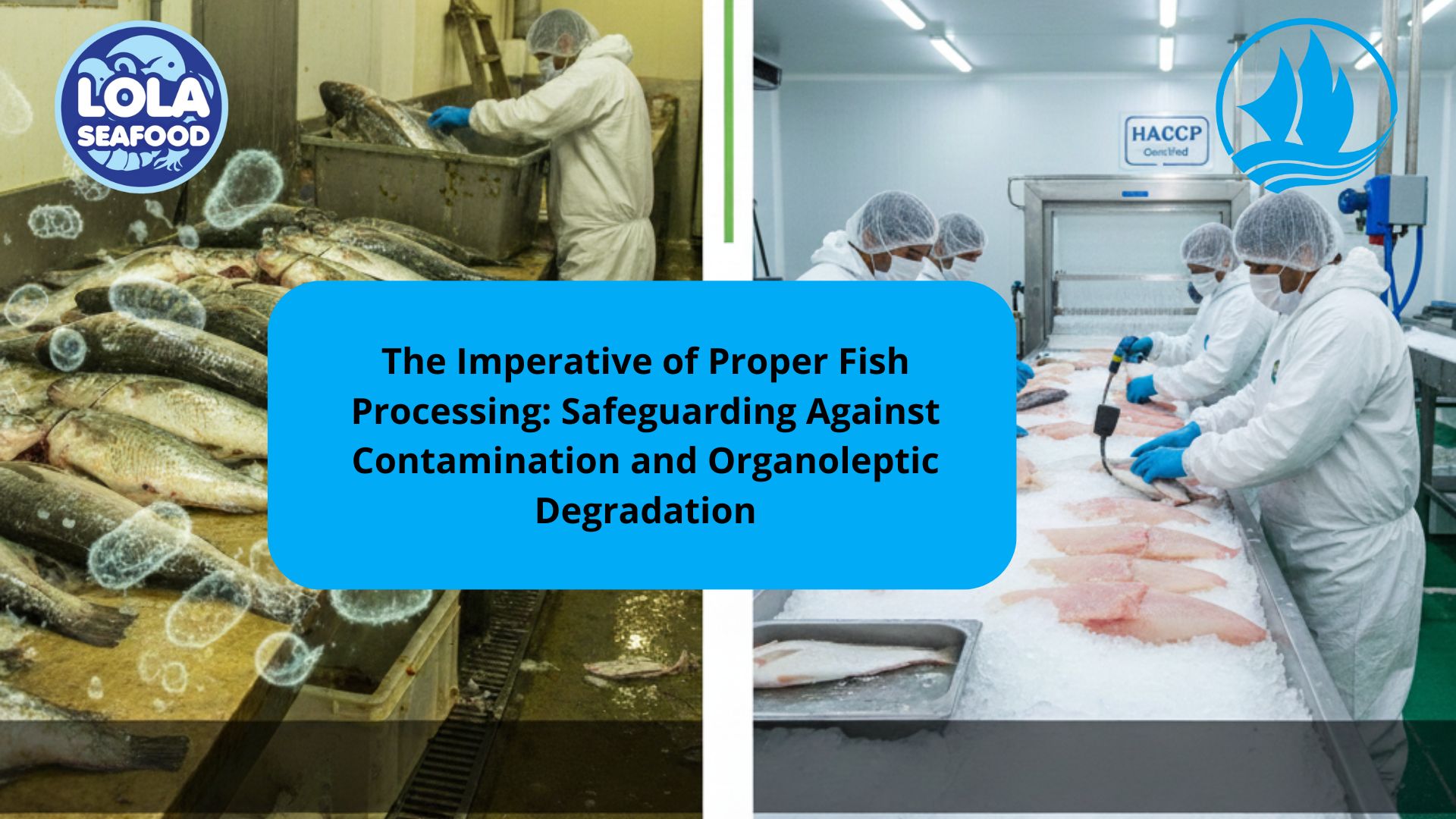Robinson's Seabream (Gymnocranius grandoculis)
By. Najih - 09 Jul 2024.jpg)
Robinson's Seabream (Gymnocranius grandoculis) has a specific name, grandoculis, which means "big-eyed", referring to the large eyes of this species, and genus. The other name is Blue-lined Large-eye Bream, Blue-lined Sea Bream, Iodine Bream, Maori Sea Bream, Robinson's Sea Bream. Gymnocranius grandoculis has an oblong body that has a depth which fits into its standard lenght around two and a half times. The head has a moderately sloping dorsal profile with the larger adults having a bony ridge on the nape and a bony shelf above the anterior part of the eye. The eye is placed high on the head and is relatively large, although its diameter is a little less than the length of the snout.
The overall colour is golden brown to yellowish with wavy blue lines and spots on the head in front of the eye, the cheek and the operculum. The fins are yellowish-orange and the caudal fin has an orange margin. They frequently show dark diagonal bars on the body. This species has a maximum published total length of 80 cm (31 in), although 64 cm (25 in) is more typical, and the maximum published weight is 5.5 kg (12 lb). Gymnocranius grandoculis has a wide distribution in the Indian and Pacific Oceans. This species is found on soft mud or sand substrates, also on rock substrates in offshore waters at depths of 50 to 100 m (160 to 330 ft).
Robinson's Seabream (Gymnocranius grandoculis) is sold in sold whole (gilled and gutted) and in fillet form. In whole fish look for lustrous skin, firm flesh, and a pleasant, fresh sea smell. In fillets, look for yellowish-white, firm, lustrous, moist flesh without any brown markings or oozing water and with a pleasant fresh sea smell. Seabream can occasionally have a distinct aroma of iodine. Average yield of fillet is 40%. Has a mild, slightly sweet flavour, low oiliness and moist, firm flesh with large flakes and few bones, which are easily removed. The thick skin is usually removed. The bones make excellent stock. Score large whole fish at the thickest part of the flesh and cut thick fillets into serving-size portions to allow even heat penetration.

The Legal Shark Value Chain: Identifying Critical Control Points for Cost Efficiency and Value Enhancement from Catch to Consumer

Global Trust Across Three Segments: How the HACCP System Ensures Premium Quality for Demersal, Pelagic Fish, and Legal Shark Product Utilization
.jpg)
Green Investment, Profitable Harvest: How Sustainability Practices Reduce Operating Costs in Fish Fillet Processing Plants (Skin-On and Skin-Less)
 in Meeting Global Protein Demand Sustainably.jpg)
Sustainable Aquaculture: The Role of Recirculating Aquaculture Systems (RAS) in Meeting Global Protein Demand Sustainably




